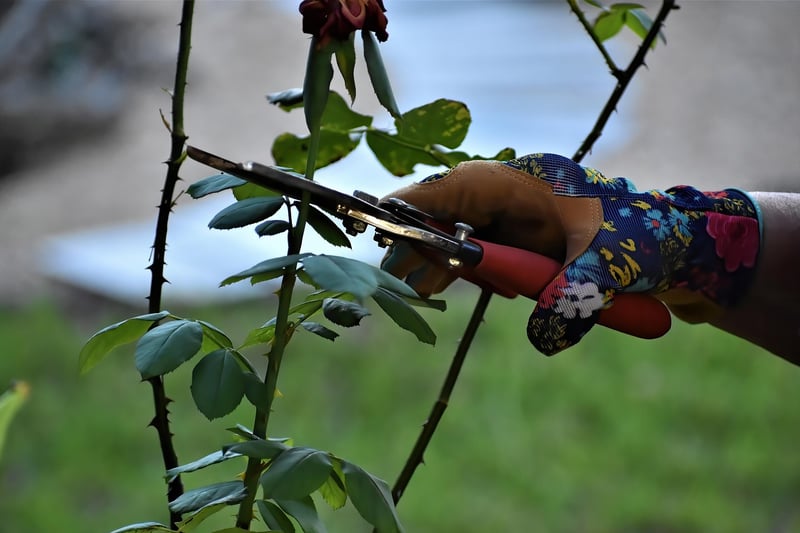Pruning Techniques
Keeping Your Garden Healthy: Essential Pruning Techniques
Having a healthy garden not only enhances the aesthetics of your outdoor space but also promotes the overall well-being of your plants. One key practice that contributes significantly to your garden's health is proper pruning. By understanding and implementing essential pruning techniques, you can ensure your plants thrive and flourish. Let's explore some fundamental pruning methods that will help you maintain a vibrant garden.
1. Why Pruning is Important
Pruning is a crucial horticultural practice that involves selectively removing parts of a plant to improve its structure, health, or aesthetics. By pruning regularly, you can:
- Promote plant growth and vigor
- Enhance flower and fruit production
- Remove diseased or damaged branches
- Shape plants for better aesthetics
- Prevent overcrowding and improve air circulation
2. Essential Pruning Techniques
2.1. Thinning
Thinning involves selectively removing entire branches to improve the plant's structure and allow more light and air to reach the inner parts of the plant. This technique helps reduce disease risk and promotes healthy growth.
2.2. Heading
Heading is the practice of cutting back a portion of a branch, typically to encourage new growth or maintain the plant's size and shape. Proper heading cuts should be made just above a bud or lateral branch.
2.3. Deadheading
Deadheading is the removal of spent flowers to encourage the plant to produce more blooms. This technique not only improves the plant's appearance but also redirects its energy towards new growth.
2.4. Crown Thinning
Crown thinning involves selectively removing branches within the canopy of a tree to improve light penetration and air circulation. This technique helps reduce wind resistance and can prevent storm damage.
3. Tools for Pruning
Having the right tools is essential for effective pruning. Some common tools include:
- Pruning Shears
- Loppers
- Pruning Saw
- Hedge Shears
- Pole Pruners
Ensure your tools are sharp and clean to make precise cuts and prevent the spread of diseases between plants.
4. When to Prune
The timing of pruning can vary depending on the type of plant. In general, it is best to prune:
- Flowering shrubs: After they bloom
- Fruit trees: During the dormant season
- Deciduous trees: In late winter or early spring
- Evergreen shrubs: In early spring
Always research the specific pruning requirements of each plant to ensure you prune at the optimal time.
5. Conclusion
Pruning is a valuable skill that every gardener should master to maintain a healthy and thriving garden. By understanding the importance of pruning and implementing essential techniques, you can promote plant growth, enhance aesthetics, and prevent disease. Remember to use the right tools, prune at the correct time, and always prioritize the health and well-being of your plants.
Start incorporating these pruning techniques into your gardening routine and watch your garden flourish!

Image Source: Pixabay
